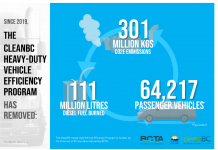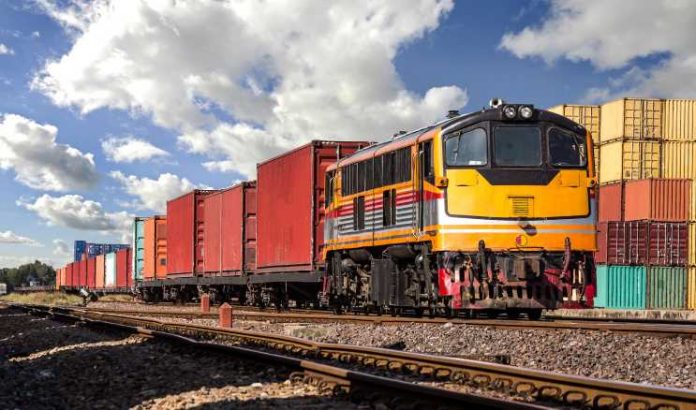The Port of Long Beach is currently overwhelmed by the number of containers and container ships it needs to process. The Port cannot unload ships as fast as is needed to clear the backlog of shipments, and as a result, alternatives to its regular mode of operating are being implemented.
Union Pacific Railroad, a major intermodal rail shipper, is taking excess shipping containers inland to Utah to relieve the Port of Long Beach from some of the containers that just keep piling up. What is being done is containers that are destined for the Rocky Mountain and Prairie states are being loaded on trains and hauled to Utah where intermodal truck operators can take them to their final destination.
Traditionally, the Port of Long Beach will send containers to these states via truck. However, this means sending containers out of the Port one at a time; using Union Pacific’s trains allows for many more containers to be sent out in a single run, and as a result, this plan should help relieve the container congestion at the Port.
Read More : St. Lawrence Shipping Ports: Intermodal Implications
There are many container ships currently moored off of California’s coast waiting for the Port to unload them. Additionally, return containers are piling up at the Port, and emergency fees will be starting against companies that do not remove their containers to ease congestion.
This situation is the result of increased shipping demand that the current supply chain has been unable to handle. It isn’t for a lack of trying; there is simply so much additional demand and, due to the pandemic, nontraditional buying habits worldwide that shippers are struggling to maintain inventories while simultaneously keeping wait times low.
Once the rail shipments arrive in Utah, the next challenge will be for carriers in Utah and surrounding states to handle the increase in inland intermodal activity. It is unknown at this time how long the current container backlog will persist, but for the short term at least, congestion seems to be the norm.






















